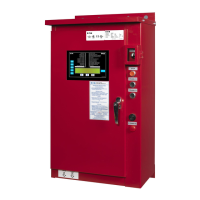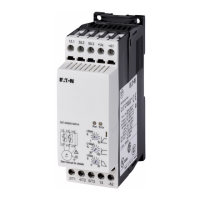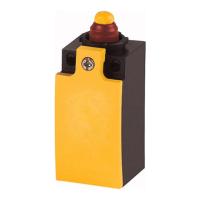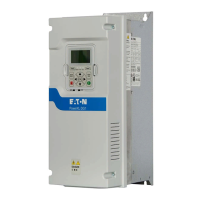- Page 13 -
I.B. 8926-1
OVERCURRENT PROTECTION
All ungrounded conductors in a motor control center
(MCC) installation require some form of overcurrent pro-
tection in order to comply with Section 240-20 of the NEC.
Such overcurrent protection for the incoming lines to the
MCC is in the form of fuses or a circuit breaker located
at the transformer secondary that supplies the MCC. The
conductors from the transformer secondary constitute
the feeder to the MCC, and the “l 0-foot rule” and the
“25-foot rule” of NEC 240-21 apply. These latter excep-
tions to the general rule allow the disconnect means and
overcurrent protection to be located in the MCC, pro-
vided the feeder taps from the transformer are sufficiently
short and other requirements are met.
MAIN DISCONNECTS
A circuit breaker or a circuit interrupter combined with
fuses controlling the power to the entire MCC may pro-
vide the overcurrent protection required as described
above or may be a supplementary disconnect (isolation)
means. See Figures 17, 18 and 19.
When the MCC has a main disconnect, bring the incom-
ing lines (the feeders) to the line terminals of the circuit
breaker or circuit interrupter. The load side of the
PART 5
INCOMING LINE CONNECTIONS
Fig. 17 Main Disconnect with Stab Load Connections
Fig. 18 Main Circuit Breaker with Reverse Feed
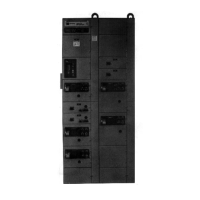
